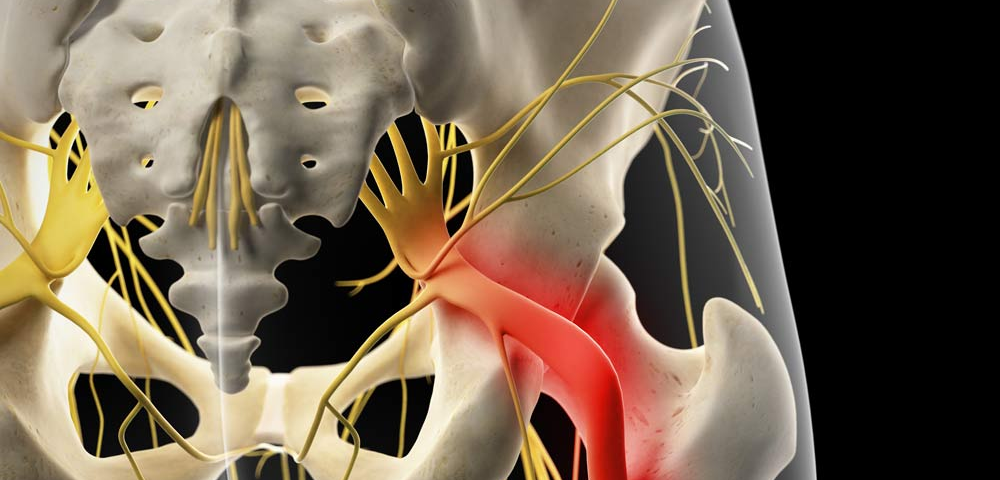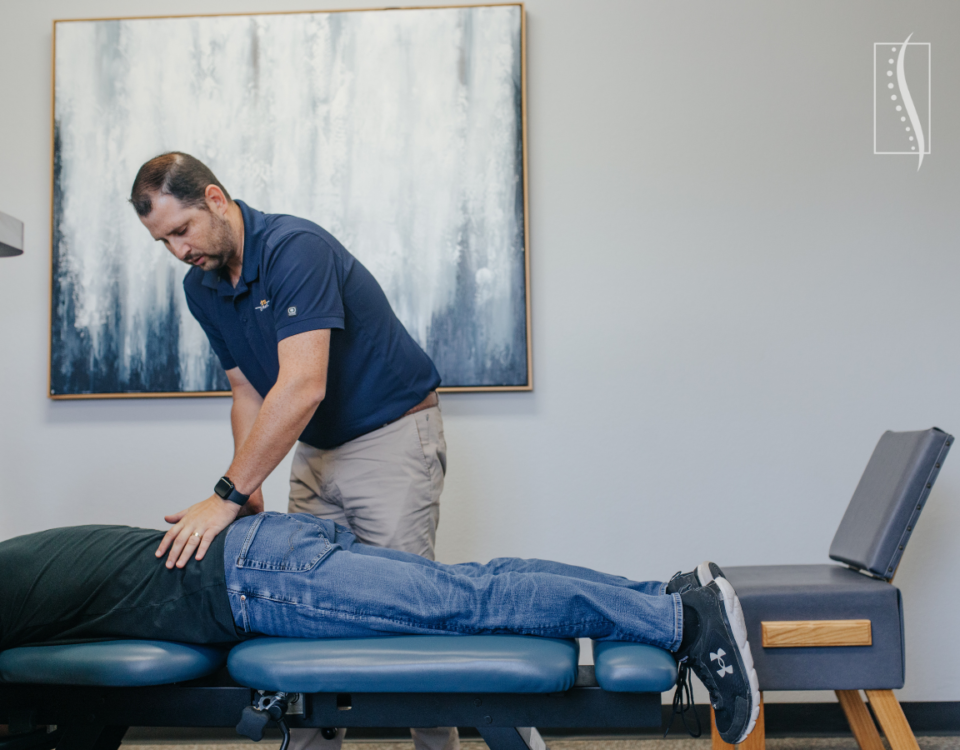
Chiropractic Care: Lowest Cost and Shortest Path to Back Pain Relief (Austin Texas)
March 6, 2017
Night Back Pain
March 20, 2017Today we’re going to educate you on the Sciatic nerve. We’ll describe exactly what it is and inform you of the most common causes of sciatic nerve pain. Anyone who currently suffers (or has ever suffered) from sciatic nerve pain knows what REAL pain feels like. Before getting too deep into the subject, we want all of you to know that your south Austin chiropractic professionals here at TexStar Chiropractic are great at treating sciatic nerve pain patients. With hundreds of individual sciatic nerve treatments logged over the years, we can confidently advise you that REAL relief can be achieved, sometimes as early as your very first chiropractic treatment session. We’ll talk more about this later in the blog. Now, onto what is the sciatic nerve and why does it hurt so much.
Sciatic nerve pain affects millions of people. The pain can range from a minor nuisance to a debilitating problem. Despite its pervasiveness there is still a lot of confusion surrounding the topic. To help get you up to speed, here is what you need to know about both the anatomy of your sciatic nerve and the pain associated with it.
Your sciatic nerve is the longest and largest nerve in your entire body measuring about the width of a man’s thumb at its widest point. It begins as a bundle of nerve fibers (also called the nerve roots) in your lower spine. These nerve fibers exit through holes in the bones at the back of your spine.
The nerve travels through your pelvis and down the back of your leg. When your sciatic nerve reaches your knee it divides into two separate nerves: the Tibial nerve and the Common Peroneal nerve. The Peroneal nerve travels sideways along the outer part of your knee and then down to your upper foot. The Tibial nerve travels downwards toward your heel and the sole of your foot.
Why does your sciatic nerve hurt so much. The first thing to know about the pain associated with your sciatic nerve roots (commonly referred to as “sciatica”) is that sciatica is not a medical diagnosis. Rather, sciatica is a symptom of an underlying medical disorder. Sciatica refers not only to symptoms of pain but also to numbness or weakness felt along your sciatic nerve. Here is a list of some of the most common underlying disorders that cause sciatic pain:
Degenerative or herniated Spine Discs: Can cause the inflammatory proteins contained in your spinal discs to leak onto your nerve roots, which in turn can cause sciatica symptoms.
Spondylolisthesis: This occurs when a stress fracture or instability allows one area of the spine to slip forward onto another, which can cause the pinching of the nerve roots.
Piriformis Syndrome: Your sciatic nerve may be irritated as a result of piriformis muscle spasms. Sciatica symptoms are typically felt on only one half of your body and depending on where your sciatic nerve roots are compressed, your symptoms may be felt in various places of your leg and/or foot.
So, how might you be expected to be treated here at TexStar? We combat sciatic nerve pain using many treatment methods in our arsenal and sometimes a combination of multiple treatment techniques. Spinal Manipulation is the most common treatment used to relieve irritation to the sciatic nerve caused by misalignments in the spine or pelvis. Disc herniation or degeneration is one of the most common causes of sciatic pain and responds very well to spinal decompression. As with all nerve pain, sciatica also tends to respond very well to cold laser therapy.
Come talk to us. There is real relief and often quick relief through these and other sciatic pain treatment methods utilized here at TexStar. You do not have to live with this.



